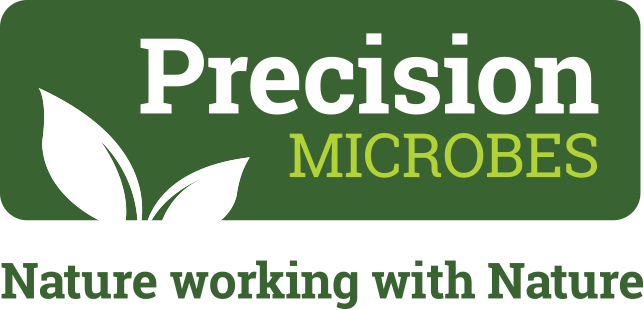
Second cut silage presents unique challenges for Irish farmers, impacting the quality and preservation of the forage. Understanding these challenges is crucial for making informed decisions about how to manage and optimize your silage production. Here are the key difficulties faced when ensiling the second cut:
1. Weather Conditions
Ireland’s climate is notoriously unpredictable, with wetter and cooler conditions prevalent during the later summer and early autumn months. These conditions can result in higher moisture content in the grass, making it difficult to achieve the optimal dry matter content required for effective ensiling.
2. Grass Composition
The grass composition of the second cut often differs from the first. There is typically a higher stem-to-leaf ratio, leading to lower sugar content. This reduced availability of readily fermentable carbohydrates can hinder the fermentation process, resulting in poorer silage quality.
3. Maturity of the Grass
Second cut grass is generally more mature than the first cut, resulting in a tougher, more fibrous texture. Mature grass is harder to compact, which is essential for excluding air and ensuring proper fermentation. This can lead to increased spoilage and reduced nutritive value.
4. Soil and Plant Health
After the first cut, soil nutrient levels can be depleted, affecting the quality and growth rate of the second cut. Additionally, the second cut may be more susceptible to pests and diseases, further compromising the quality of the forage.
5. Shorter Daylight Hours
As the season progresses, the reduction in daylight hours affects the growth rate and quality of the grass. Less sunlight results in lower photosynthesis rates and reduced sugar content in the grass, which is crucial for the fermentation process.
Five Strong Reasons to Use Precision Microbes' Unique Silage Additive
To tackle these challenges, using a high-quality silage additive can make a significant difference. Precision Microbes offers a unique silage additive that provides several benefits:
1. Enhanced Fermentation
Precision Microbes' silage additive contains specially selected microbial strains that enhance the fermentation process. These microbes rapidly convert plant sugars into lactic acid, lowering the pH quickly and stabilizing the silage, reducing the risk of spoilage.
2. Improved Nutrient Retention
The additive helps to retain essential nutrients in the silage, ensuring that your livestock receive the maximum nutritional benefit. This is particularly important for second cut silage, which can have lower nutrient content due to the factors mentioned above.
3. Increased Dry Matter Recovery
Using Precision Microbes' silage additive leads to better preservation of dry matter, reducing losses during storage. This means more feed is available for your livestock, maximizing the return on your investment in forage production.
4. Enhanced Digestibility
The unique formulation of the additive improves the digestibility of the silage, making it easier for livestock to break down and absorb the nutrients. This leads to better feed efficiency and overall animal performance.
5. Reduced Heating and Spoilage
The additive works to prevent secondary fermentation and heating, which are common issues with second cut silage. By maintaining a stable and cool environment within the silage, the additive helps to extend its shelf life and maintain its quality.
In conclusion, while second cut silage presents several challenges for Irish farmers, using a high-quality silage additive like the one offered by Precision Microbes can significantly mitigate these issues. By enhancing fermentation, improving nutrient retention, and reducing spoilage, Precision Microbes' silage additive ensures that your second cut silage remains a valuable and nutritious feed resource for your livestock.

